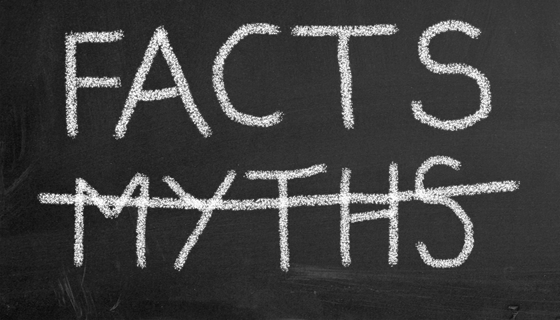Myth Vs. Fact

There is a lot of misleading information about patents and the U.S. Patent System currently driving legislative changes to patent law. Ambiguous statements have been created by companies who want to remove the barriers of patents in order to reduce their overall costs and increase corporate profits.
As they currently stand, the proposed patent reform bills would inhibit inventors’ ability to protect their intellectual property and make it even more difficult to secure funding necessary to bring their ideas to life. And, in all likelihood, will increase litigation not reduce it.
The U.S. patent system fosters the innovative spirit for anyone with an idea or a dream. Here are the facts about patents and patent trolls :
| Myth | Fact |
|---|---|
| Patents stifle innovation. | >Innovation is promoted by the patent system and by the American culture of invention built on the incentives patents create for inventors to put their time and money into creating something new. The Founders mapped out the U.S. patent system with the goal of allowing any man or woman – and yes, women were granted patents from the start, long before they got the vote – to profit from their hard work and creativity. Historians and economists agree two centuries later that the U.S. patent system is largely responsible for making the United States the world’s most thriving and innovative economy. |
| Patents used to work but are now an outdated idea. | The digital age has spread the idea that “information wants to be free.” But if we take away inventors’ rights, we take away inventors’ ability to earn a living from their inventions so they can keep inventing. Meanwhile, the biggest critics of the patent system are motivated not by a wish to make everything “free” but by a desire to devalue patented technologies they want to cheapen or get for free so they can increase their own profits. |
| Patent lawsuits have surged in recent years because of abuse of the patent system. | The pace of patent litigation is no greater now than at any other time of big technological change in American history. A Government Accountability Office study out in August 2013 found the recent statistical increase in patent lawsuits was entirely attributable to recent changes in rules for how patent cases are filed. When the patent litigation rates are normalized for the new rules' effects there has been no significant change in recent years. |
| “Patent trolls” pose a new threat to the American economy and American innovation. | What is a “patent troll”? The critics' definitions include universities that patent the results of their medical or scientific research but don’t manufacture; inventors who bring something new into the world but turn to licensing because they don’t have the economic means to manufacture and market; and manufacturers that produce products based on some of their patents but not all of them. Such non-practicing use of patents was envisioned when the patent system was created and has been an important contributor to economic growth throughout American history. Today’s critics would label as a troll Thomas Edison and the Wright Brothers, to name but a few non-practicing inventors. |
| “Trolls” are responsible for a rise in patent lawsuits. | The vast majority of patent lawsuits are brought by companies that manufacture products based on their patents, not by non-practicing entities. That’s the finding of the August 2013 study of patent litigation by the Government Accountability Office, which added that no solid data exist on the so-called “troll” phenomenon. |
| Trollish patent lawsuits cost the American economy and U.S. companies tens of billions of dollars a year. | Over and over in the patent debate, two numbers are cited to describe the terrible toll of trolls: the alleged $80 billion cost of “troll” lawsuits to the U.S. economy in 2011 and the $29 billion that companies allegedly paid in response to “troll” lawsuits that year. Yet both numbers have been discredited by economists and responsible news media. Read this to see how dubious they are. |
| Changes to trial rules, as envisioned in patent bills under consideration by Congress, are the best way to fix any problems. | The Federal judges most experienced with patent cases say Congress risks breaching the constitutional walls between co-equal branches of the government by forcing new case-management rules on the courts. Separately, the GAO says both judges and the U.S. Patent and Trademark Office are already putting in place new rules and procedures to address problems, and that time should be taken to see how well the new rules work. |
We are not tinkering with just any system here; we are reworking the greatest innovation engine the world has ever known, almost instantly after it has just been significantly overhauled. If there were ever a case where caution is called for, this is it. Caution in turn calls for a deliberative process that takes the time to reach out and listen to all stakeholders, including those who will not be the fastest ones off the mark. Many small innovators – today’s Edisons – have not had time to make their views heard. Others having various levels of dependence on strong IP rights are just now beginning to consider the prospect of further changes to our patent system. We need to allow these important stakeholders their time to participate.
-- Former U.S. Patent and Trademark Office Director David J. Kappos to the House Judiciary Committee, Oct. 29, 2013
We are innovators, patent owners and stakeholders who believe in the importance of a strong patent system to support a thriving innovation economy. We need your help. Take action now and send a letter to your representative voicing your concern. Also, sign up for our newsletter on the latest developments to keep America inventing!
